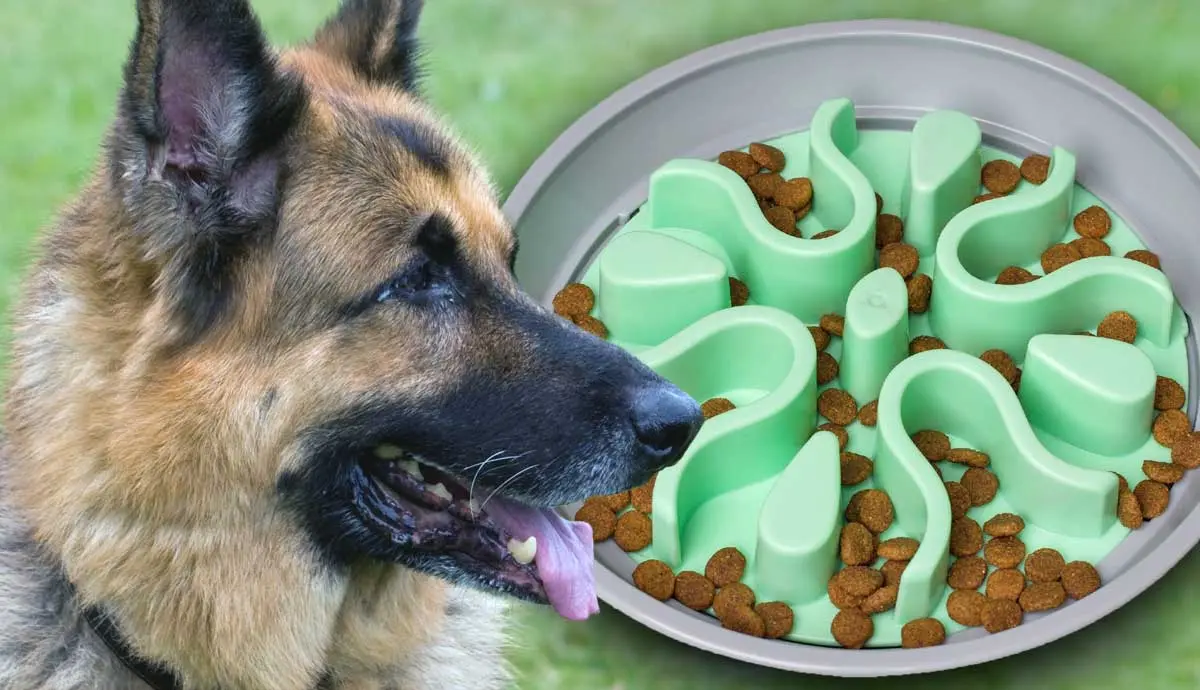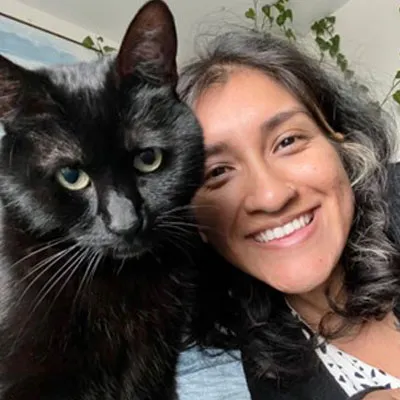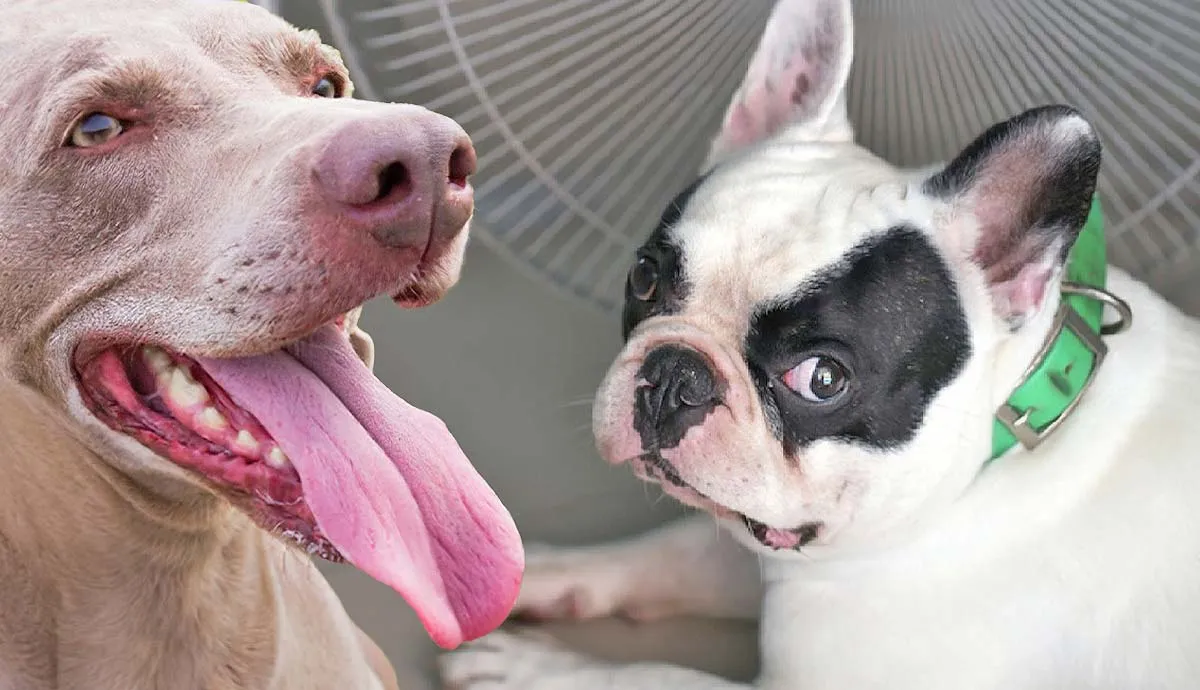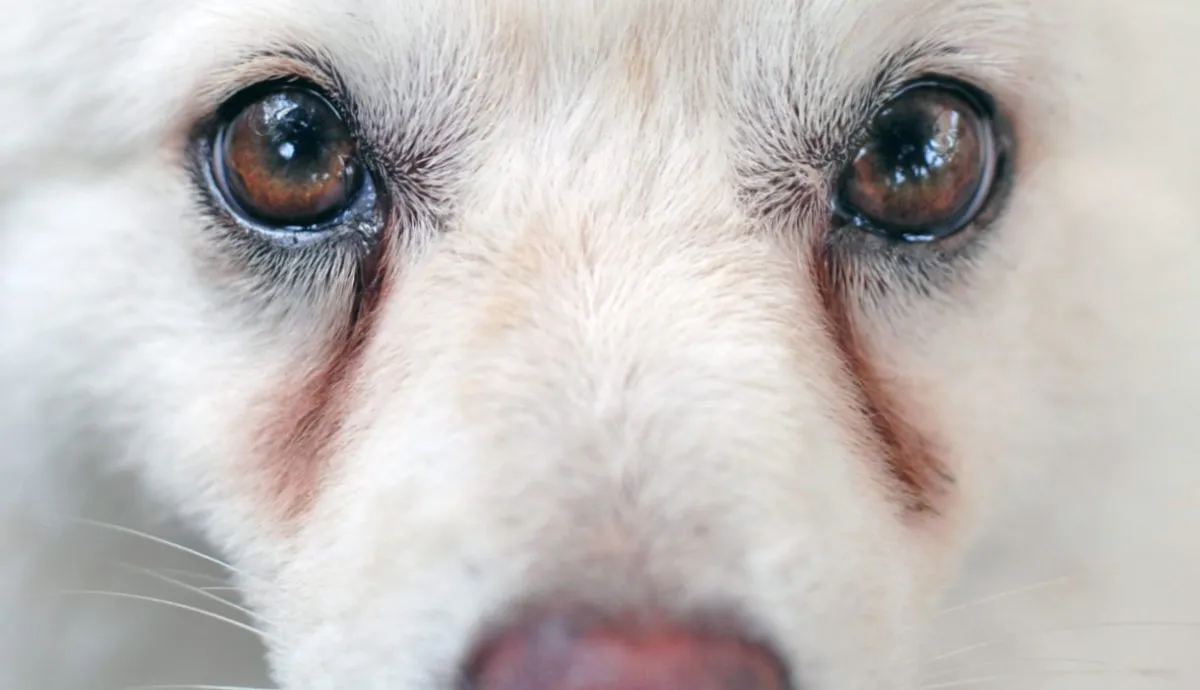Some dogs are always on a mission to beat their record for how quickly they can eat their food. This might be funny to watch, but eating too fast can lead to digestive problems and bloat, a potentially fatal medical condition. Slow feeders can decrease the risk of some health concerns and create a longer, more enjoyable mealtime. Here are the slow feeder bowl benefits, considerations, and recommendations.
Slow Feeders Benefit Many Dog Breeds

Slow feeders are shallow, interactive pet bowls with maze-like designs and fun colors. They have cool patterns like spirals, zigzags, honeycombs, and swirls meant to make mealtimes last longer for your pup. This has multiple health benefits, including reducing bloat and choking hazards and helping with digestion. Both large and small dogs alike can benefit from these tools!
Slow Feeders Are Key to Bloat Prevention
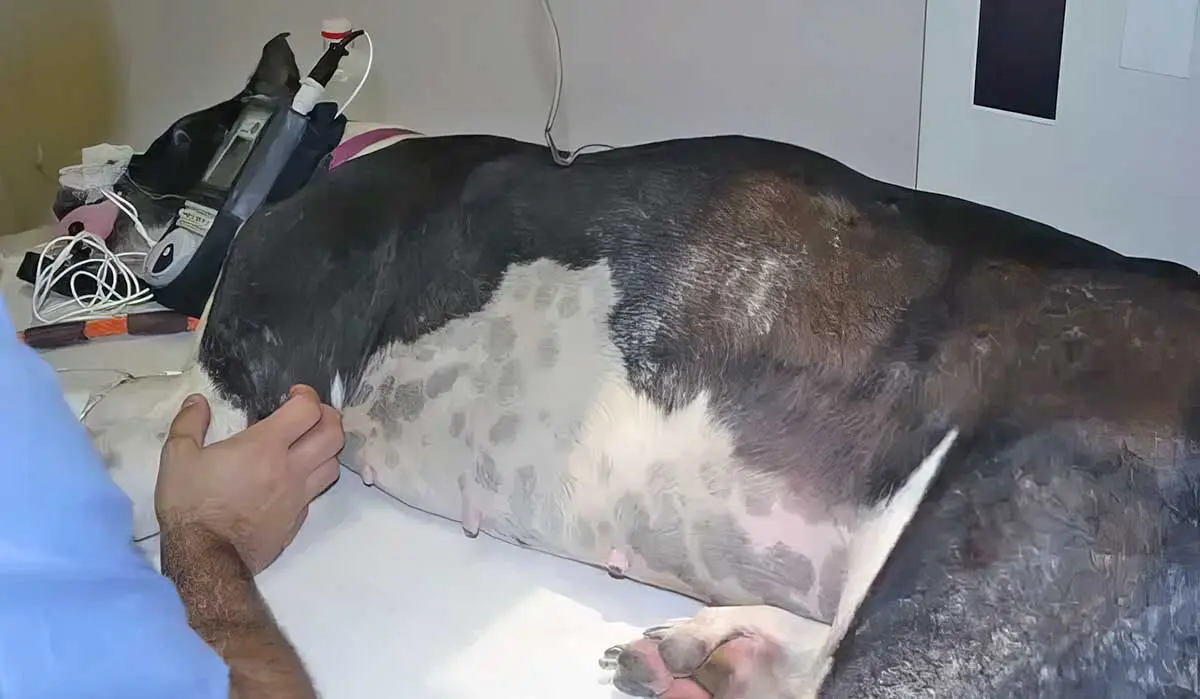
One of the biggest pros of using slow feeders is decreasing the chances of bloat (gastric dilatation volvulus or GVD). Bloat is an emergency medical condition where the stomach expands with gas and stops blood from properly moving through the body. In extreme cases, the stomach will flip and cut off blood flow, leading to heart failure and death. An enlarged stomach, restlessness, whining, and trying to vomit are signs of bloat.
Larger breeds with deep chests are more likely to develop it, such as:
- German Shepherds
- Saint Bernards
- Great Danes
- Irish Wolfhounds
Unfortunately, vets aren’t sure what causes bloat, but they believe that quickly eating or drinking too much triggers it. Since slow feeders force dogs to take their time eating, there’s a smaller chance of developing bloat.
Other Slow Feeder Benefits
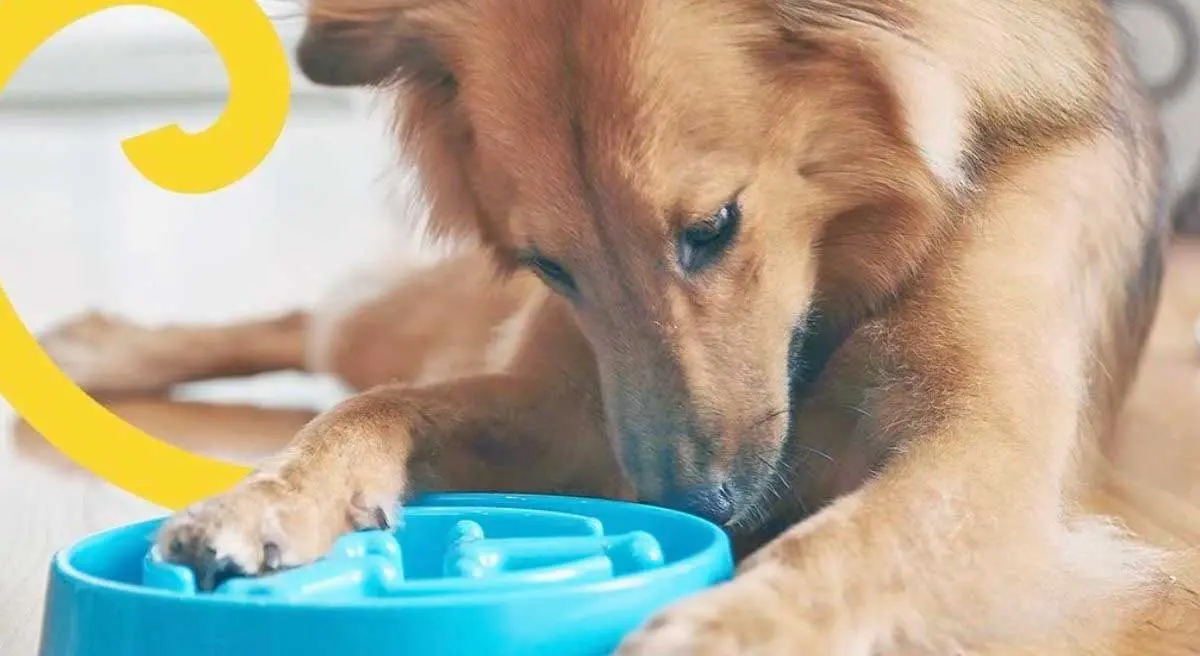
Pups will also benefit from using a slow feeder and not rushing to finish their food because it prevents choking and throwing up. This helps on busy mornings when you can’t watch your pet chow down or if you aren’t home when they eat. As a bonus, you win by not cleaning up a chunky mess.
In addition, these feeding puzzles make meals more engaging and keep your pet occupied for longer. Some brands, like Outward Hound, claim their products make dogs eat 10 times slower. Their two-minute gobble fest can turn into 20 minutes of navigating a puzzle and catching all the kibble! This adds mental stimulation that keeps your dog occupied in a non-destructive activity.
The extended eating time helps with eating less too! Your dog’s body and mind have more time to set off the “I’m full!” signal, meaning they may not finish all the food. Slow feeders are one way to manage weight or prevent obesity in dogs.
Cons of Slow Feeders
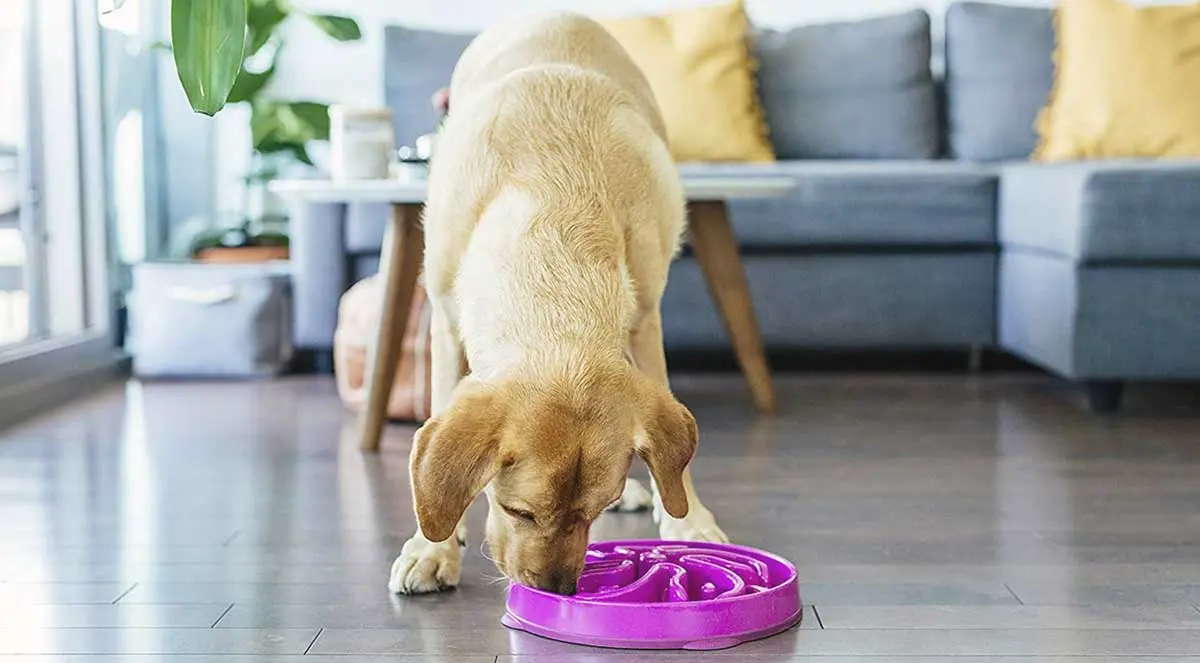
While these feeding tools are mostly harmless, there are a few things to keep in mind. Make sure you buy products made with food-grade materials and without BPA, PVC, lead, and phthalates. Say no to those nasty chemicals!
Second, wet food and kibble dust get stuck in the crevices, so you’ll have to wash and dry the slow feeder before each use. It might be worth investing in two or using it once a day alongside standard food bowls.
Most importantly, prevent overeating by getting the right serving size. Slow feeders come in 0.5- five cup portions. Small dogs under 18 lbs, like Havanese, would need a 0.5 or 0.75-cup bowl, while a highly active Afghan Hound might need a two-cup puzzle feeder.
SodaPup Honeycomb Slow Feeder Dog Bowl
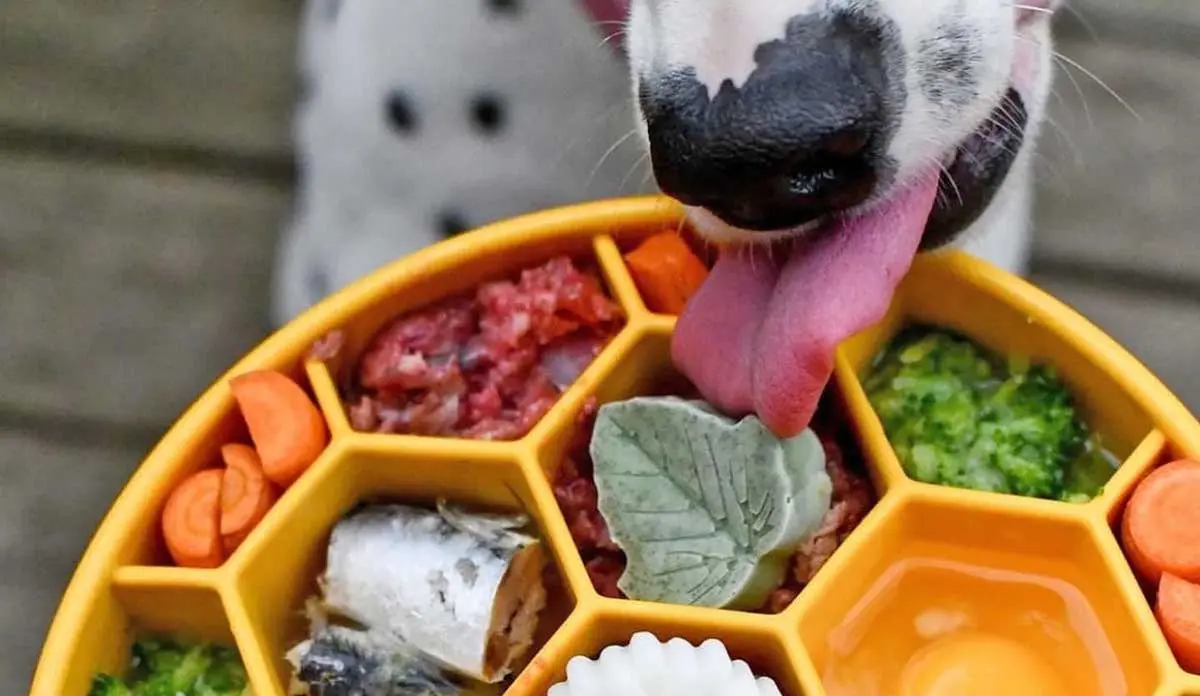
Any slow feeder has the health and engagement benefits listed above, but the ones mentioned below get a special shout-out for their functionality!
With its 4-cup serving capacity, this SodaPup honeycomb feeder is best for large dogs. It’s dishwasher safe so you don’t have to scrub each hexagon, but take advantage of the compartments by making a pup-friendly charcuterie board. Add wet food, kibble, treats, and other healthy dog food options like pumpkin, eggs, and berries. Your dog will feel like they are at a buffet!
Frisco Melamine Slow Feed Dog Bowl
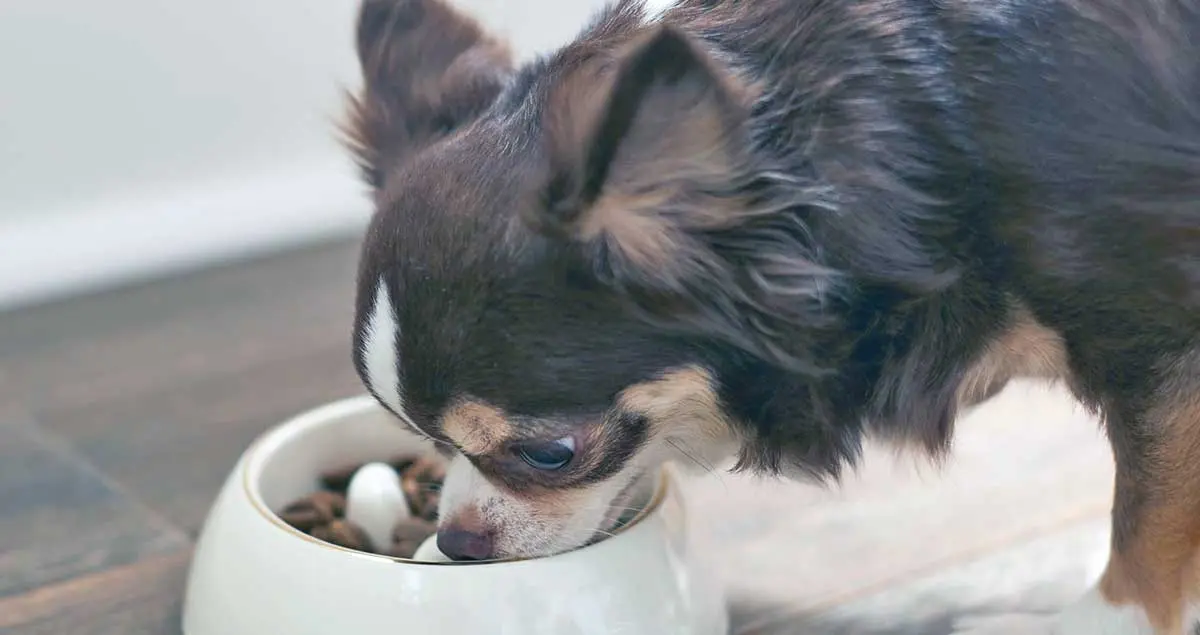
For a stylish and affordable option, check out Frisco’s Melamine slow feed dog bowl. The white and gold-trimmed dish makes your pup look extra fancy during dinner time. Although the pattern isn’t as intricate as other bowls, it’s awesome for the three sizing options. Many feeder bowls are meant for bigger dogs, but Frisco has 0.5, 1.5, and three-cup serving sizes.
Outward Hound Wobble Slo-Bowl Dog Feeder
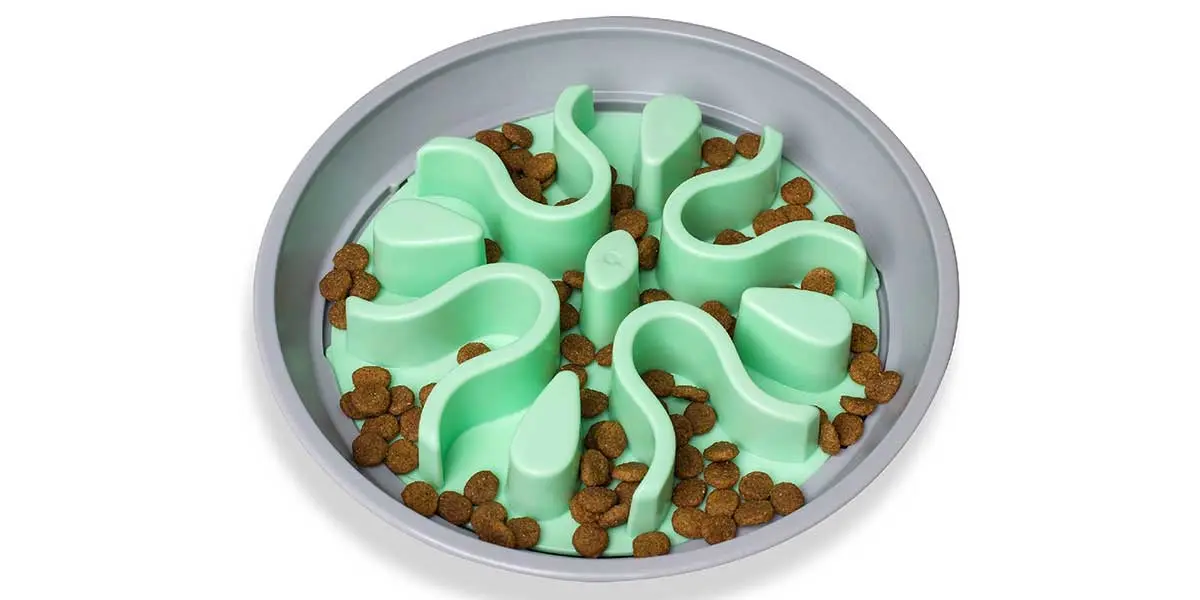
This name is quite the mouthful, but it captures all of the bowl’s cool features. Outward Hound’s Slo-Bowl comes in a fun mint color with U-shaped ridges, has a non-slip base to stop spills, and even wobbles and spins! The movement adds another challenge and is labeled as one of their slowest feeders meant to keep your pup entertained for the longest time.
Leashboss Flat Face Slow Feeder Dog Bowl
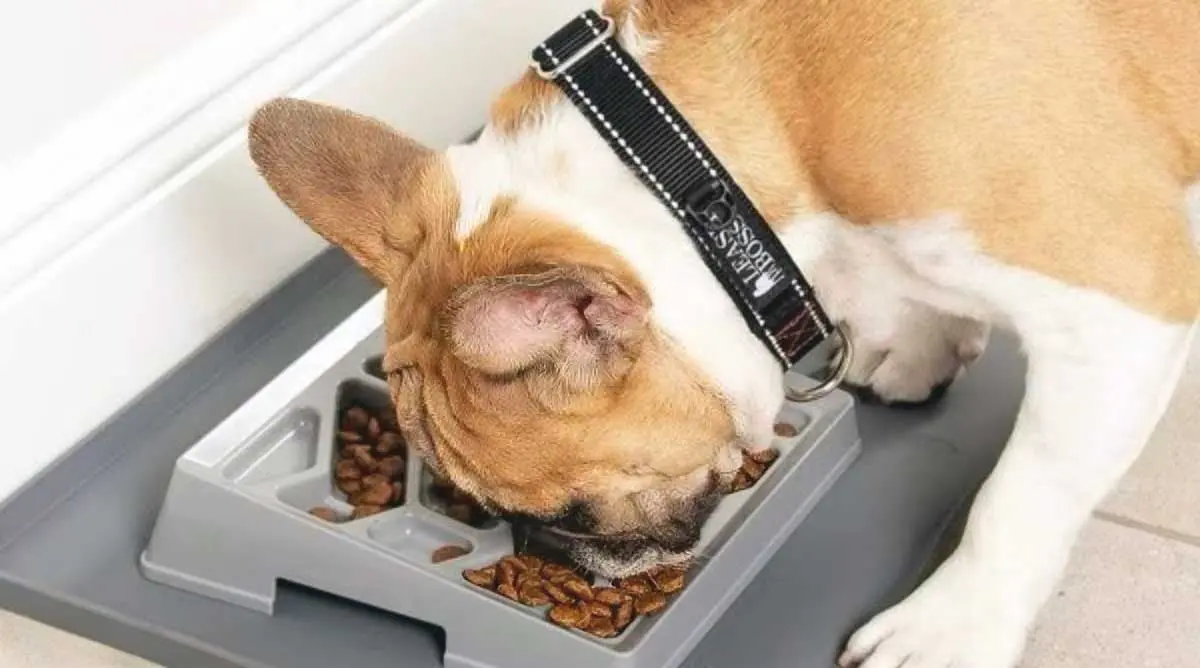
Here’s a perfect dish for brachycephalic dogs with flatter faces. These dogs have short snouts, making many standard feeder bowls difficult to use. Leashboss’ Flat Face feeder has an elevated shape and shallow, 0.5-inch slots that make it accessible for your small snouted fur babies.
Breeds that would benefit from this bowl include:
- Boxers
- French Bulldogs
- Chow Chows
- Chihuahuas
- Pugs
Slow Feeders Reduce Health Risks
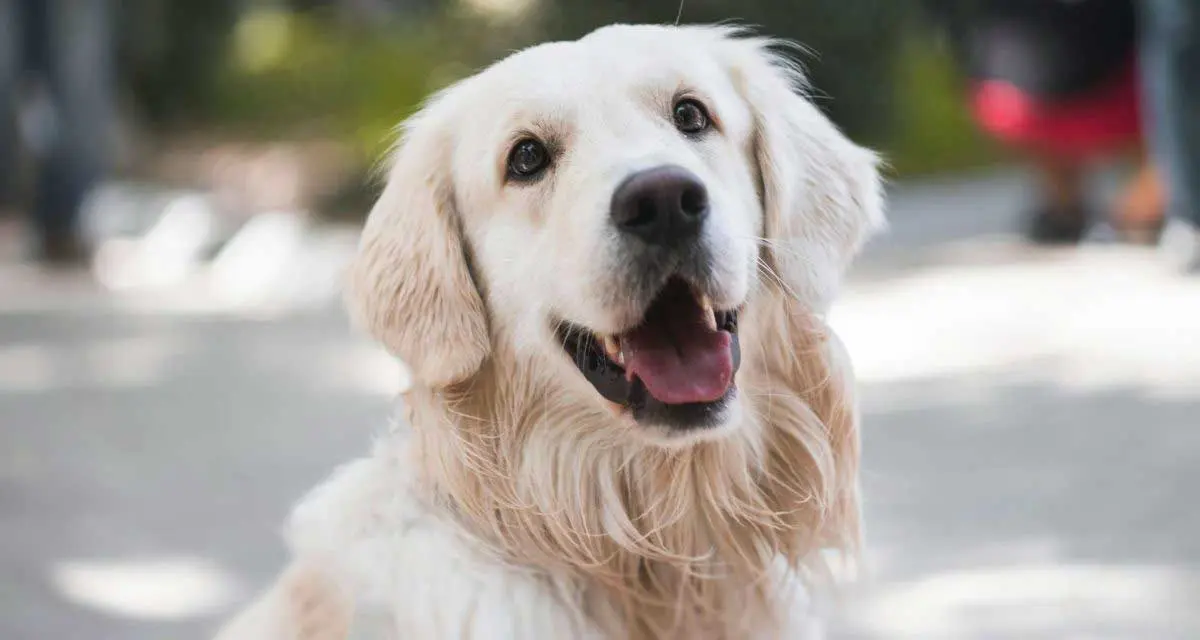
Slow-feeding bowls are a pawesome addition to mealtimes! They are highly recommended for larger dogs who are more likely to develop bloat, but pups of all sizes can benefit from longer engagement times, reduced choking hazards, and weight management.
You can easily find a feeding puzzle that suits your dog’s level of complexity and their snout size. While not an absolute must, slow dog feeder bowls are great tools to extend your dog’s meals and make them more entertaining.
